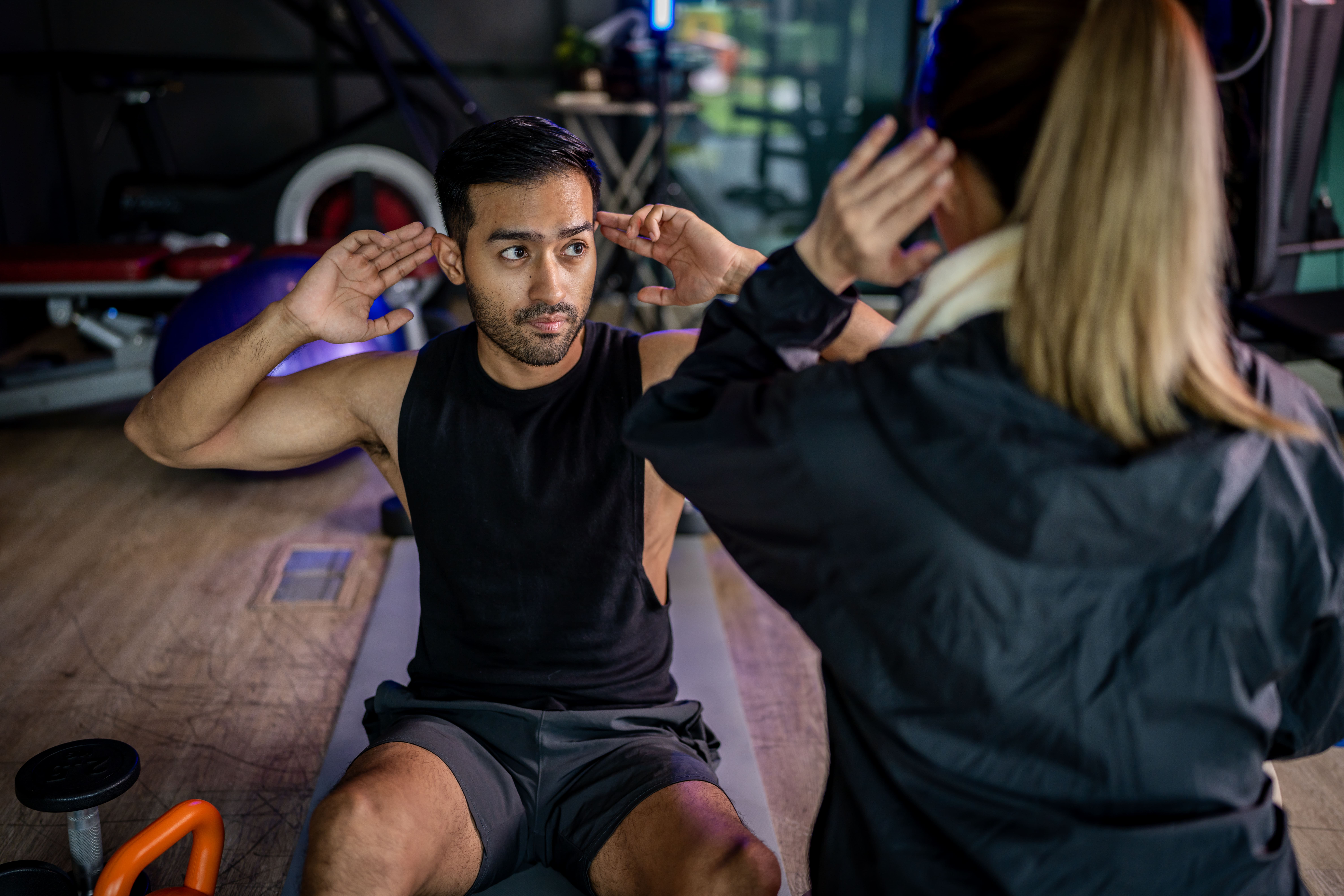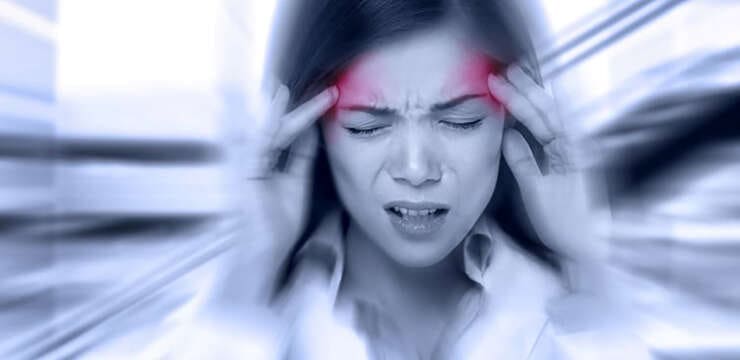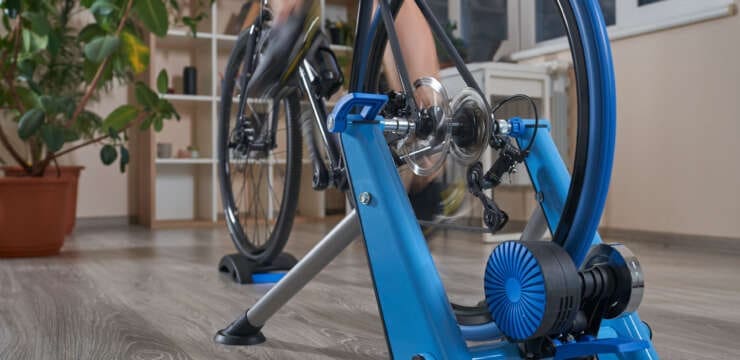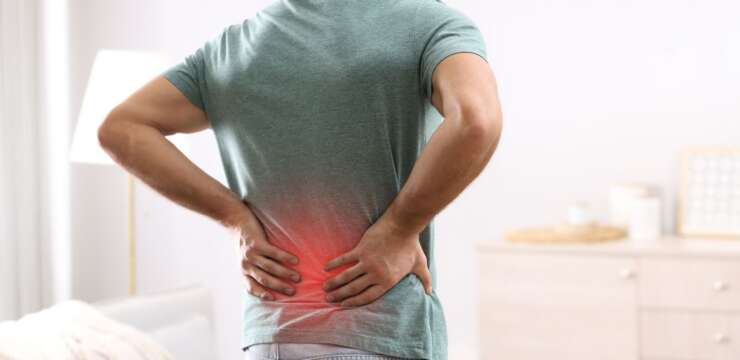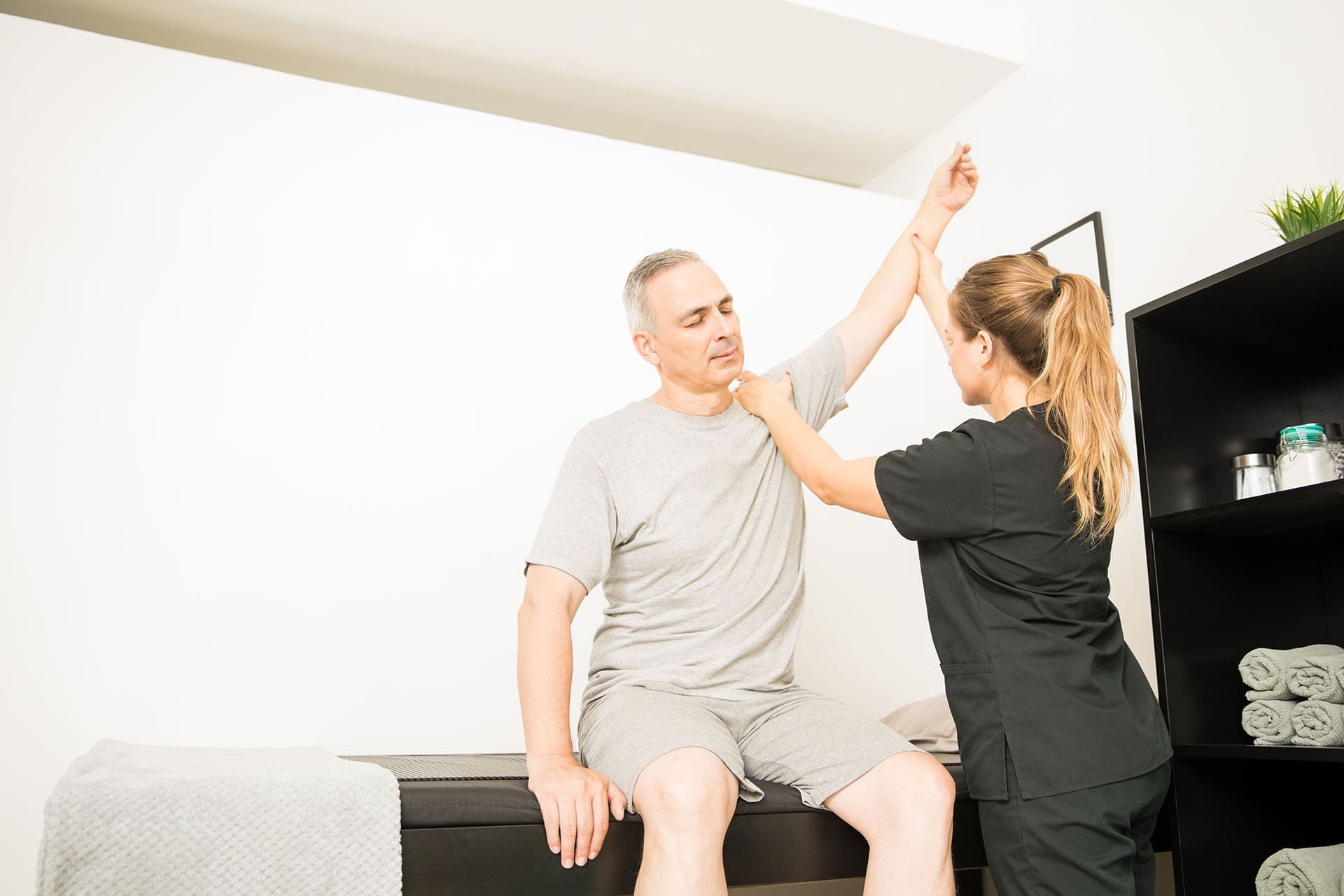
Table of Contents
Enhancing Recovery After Traumatic Brain Injury: Gentle Posture Exercises, Chiropractic Care, and Nurse Practitioner Guidance
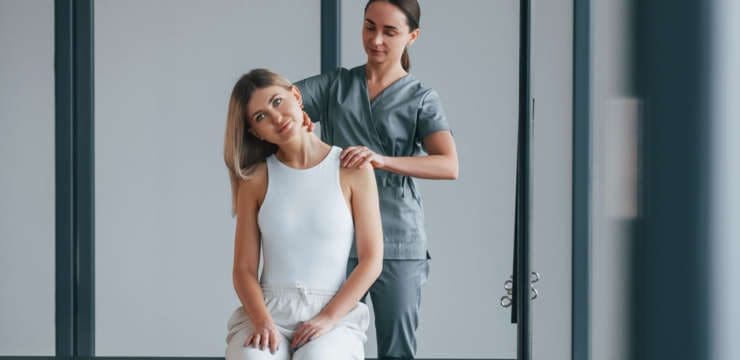
Traumatic brain injury (TBI) affects millions of people every year from car accidents, falls, sports, or military service. After the initial medical crisis passes, many survivors deal with long-lasting problems like neck pain, poor posture, headaches, dizziness, and trouble keeping balance. These issues often come from the brain’s struggle to control muscles the way it used to, and from spine or neck injuries that happen at the same time as the brain injury.
The good news is that the body and brain can heal and re-learn with the right steps. Gentle posture exercises, integrative chiropractic care, and strong guidance from a nurse practitioner can work together to reduce pain, improve balance, and help people feel like themselves again. This complete guide explains simple, safe ways to start moving better and feeling stronger—even in the early weeks and months after a TBI.
Why Posture Gets Worse After a Traumatic Brain Injury
When the brain is injured, messages to the neck, back, and core muscles can slow down or become mixed up. At the same time, many TBIs happen with whiplash-type forces that stretch or jar the neck. The combination often leads to:
- Forward head posture (head sits too far forward)
- Rounded shoulders and upper back
- Tight neck and shoulder muscles
- Weak deep core and back muscles
- Poor balance and a feeling of being “off”
These changes add extra stress to the spine and can make headaches, fatigue, and dizziness worse (U.S. Department of Defense, 2020; Healthline, 2023a). Fixing posture early helps the brain heal faster because the body is no longer fighting against itself.
Safe Rules for All Exercises After TBI
Before starting any movement program:
- Get written clearance from your doctor or TBI team.
- Begin very slowly—5 to 10 minutes the first week.
- Stop right away if you feel new pain, dizziness, nausea, or a headache.
- Have someone nearby the first few times in case the balance is shaky.
- Breathe normally—do not hold your breath.
- Do exercises in a quiet room with adequate lighting.
Recommended Gentle Neck Stretches
Neck stretches are usually the first exercises cleared after mild or moderate TBI. They reduce muscle tension and help bring the head back over the shoulders.
- Chin Tucks (Double-Chin Exercise) Sit or stand tall. Gently pull your chin straight back (like making a double chin). Hold for 3–5 seconds, relax, and repeat 10 times. This type of stretch is the single best exercise for forward head posture (Back Intelligence, n.d.a; U.S. Department of Defense, 2020).
- Side Bends: Sit tall. Slowly drop one ear toward the same shoulder until you feel a stretch on the opposite side of the neck. Hold for 20–30 seconds, switch sides. Repeat 3 times on each side (Healix Therapy, n.d.; Achieve Brain & Spine, n.d.).
- Neck Rotation: Turn your head slowly to look over one shoulder, then the other. Only go as far as feels easy. Hold 3–5 seconds each way, and repeat 5–10 times (U.S. Department of Defense, 2020).
- Upper Trapezius Stretch: Sit and place one hand under your thigh to anchor the shoulder. With the other hand, gently pull your head away from the anchored shoulder. Hold for 30 seconds, and switch sides (Flint Rehab, 2023a).
Core and Trunk Exercises Done Seated (Very Safe After TBI)
Seated core exercises build the “inner corset” that keeps the spine upright without the risk of falling.
- Seated Marching: Sit tall in a firm chair. Slowly lift one knee a few inches, hold for 2 seconds, and lower. Alternate legs. Do 10–20 marches. This wakes up the hip flexors and lower abs (Flint Rehab, 2023a; Illinois Department of Central Management Services, n.d.).
- Lateral Trunk Flexion (Side Bends): Sit tall, hands clasped in front or on hips. Slowly lean to one side, then return to the center. Do 10–15 slow reps in each direction. Strengthens the side muscles (obliques) that stop slouching (Flint Rehab, 2023a).
- Seated Trunk Extension: Sit forward on the chair. Let your upper body fold slightly forward, then use your back muscles to sit up tall again. Repeat 10–15 times. This strengthens the muscles that keep the upper back straight (Flint Rehab, 2023a; Healthline, 2023b).
- Seated Weight Shifts: Clasp hands in front. Shift weight side to side in the chair, lifting one hip slightly off the seat. Do 10 slow shifts each way. Great for early balance training (Flint Rehab, 2023a).
Easy Balance and Coordination Builders
Once neck and core exercises feel comfortable (usually 1–3 weeks), add gentle balance work.
- Standing Weight Shifts: Feet shoulder-width apart, hold onto a counter if needed. Shift weight fully onto one leg for 5–10 seconds, then the other. Do 5–10 times on each leg (Neofect, n.d.; Flint Rehab, 2023a).
- Ankle Sways Front-to-Back: Stand with your feet together (hold the counter if needed). Rock forward onto toes, then back onto heels. Repeat 10–15 times slowly. This exercise trains the brain to control small movements (Neofect, n.d.).
- Modified Cat-Cow in Chair: Sit tall. On inhale, gently arch your back and look up. On exhale, round your back and tuck your chin. Flow slowly for 8–10 breaths. Excellent for spine mobility and breathing control (Flint Rehab, 2023c).
Gentle Yoga Poses That Help Posture and Calm the Brain
Yoga is low-impact and combines stretching, strength, and mindful breathing—perfect after TBI.
- Seated Child’s Pose Variation – Fold forward over your lap, arms resting on thighs or floor. Breathe deeply for 1 minute.
- Seated Mountain Pose with Arm Raises – Sit tall, inhale arms overhead, and exhale arms down. Repeat 10 times.
- Thoracic Extension Over Chair Back – Sit facing away from the chair back, place your hands behind your head, and gently lean back over the chair edge to open your chest. (Flint Rehab, 2023c).
How Integrative Chiropractic Care Helps TBI Recovery
Many people are surprised to learn that gentle chiropractic care is safe and helpful after TBI. Chiropractors trained in brain-injury care use very light techniques.
Benefits include:
- Correcting upper-neck misalignments that affect blood flow to the brain
- Reducing muscle spasms and headaches
- Restoring normal nerve signals from the spine to the brain
- Improving balance and coordination by calming overactive reflexes (Calibration Mansfield, n.d.; Northwest Florida Physicians Group, n.d.; Pinnacle Health Chiropractic, n.d.)
Dr. Alexander Jimenez, DC, APRN, FNP-BC, a chiropractor and family nurse practitioner who treats hundreds of TBI patients, explains, “The upper neck is the gateway between the brain and body. Even tiny shifts from impact can block normal flow. Gentle adjustments, soft-tissue work, and specific home exercises restore that flow and speed healing” (Jimenez, 2025a, 2025b).
Common chiropractic tools used after TBI:
- Instrument-assisted adjustments (very light force)
- Cranial-sacral therapy
- Myofascial release for tight neck muscles
- Low-force spinal mobilization (Aurora Chiropractic, n.d.; HML Functional Care, n.d.)
Patients often notice clearer thinking, fewer headaches, and better sleep within the first few visits when adjustments are combined with the posture exercises above (Pinnacle Health Chiropractic, n.d.).
The Important Role of Nurse Practitioners in TBI Recovery
Nurse practitioners (NPs) are often the primary point of contact for ongoing TBI care. They:
- Watch for warning signs of worsening injury (increased swelling, seizures, etc.)
- Adjust medications for pain, sleep, or mood
- Order and review imaging or lab tests
- Teach patients and families about symptoms and home care
- Coordinate physical therapy, occupational therapy, speech therapy, and chiropractic visits
- Help families understand the recovery timeline (Ackerman et al., 2012; Mayo Clinic, 2023; Nursing Center, 2023)
Dr. Jimenez, who also holds advanced practice nursing credentials, stresses that effective communication between the NP, chiropractor, and therapists leads to the fastest and safest recovery (Jimenez, 2025b).
Sample 4-Week Beginner Recovery Plan (After Medical Clearance)
Week 1–2 (5–10 minutes daily)
- Chin tucks – 3 sets of 10
- Seated marching – 2 sets of 10 each leg
- Seated side bends – 2 sets of 10 each side
- Deep breathing for 2 minutes
Week 3–4 (10–15 minutes daily)
- Add neck side bends and rotations
- Add seated trunk extensions
- Add seated cat-cow flows
- Gentle 5-minute walk (if cleared)
After Week 4
- Begin standing weight shifts
- Schedule a gentle chiropractic evaluation
- Weekly check-in with nurse practitioner
Long-Term Tips to Keep Good Posture and Prevent Setbacks
- Set phone reminders every hour to do 5 chin tucks
- Use a lumbar roll or a small pillow when sitting for long periods
- Keep the computer screen at eye level
- Sleep with only one thin pillow to keep the neck neutral
- Continue 10–15 minutes of daily posture exercises for life
- Return to chiropractic care every 4–12 weeks for maintenance (Tigard Chiropractic Auto Injury, n.d.; Back Intelligence, n.d.a)
Final Thoughts
Recovery from traumatic brain injury is a journey, not a race. Gentle posture exercises, integrative chiropractic care, and regular guidance from a nurse practitioner give the brain and body the best chance to heal together. Thousands of survivors have returned to work, sports, and family life by starting with the simple moves explained here and building slowly under professional care.
Every small improvement—less neck pain, standing a little taller, walking without dizziness—adds up to big changes over months and years. With patience, the right team, and daily gentle movement, a stronger, more balanced life after TBI is absolutely possible.
References
Ackerman, L. L., Folan, J., & Krahulik, N. (2012). Neurotrauma—The role of the nurse practitioner in traumatic brain injury. The Journal for Nurse Practitioners, 8(2), 99–105. www.npjournal.org/article/S1555-4155(11)00482-X/abstract
Achieve Brain & Spine. (n.d.). Patient exercises. www.achievebrainandspine.com/resources/patient-exercises/
Aurora Chiropractic. (n.d.). Chiropractic care for head injuries. aurora-chiropractic.com/chiropractic-care-for-head-injuries/
Back Intelligence. (n.d.a). How to fix forward head posture. backintelligence.com/how-to-fix-forward-head-posture/
Calibration Mansfield. (n.d.). Integrative chiropractic care for traumatic brain injuries. calibrationmansfield.com/how-can-integrative-chiropractic-care-help-with-traumatic-brain-injuries/
Flint Rehab. (2023a). Traumatic brain injury recovery exercises. www.flintrehab.com/exercises-for-brain-injury-recovery/
Flint Rehab. (2023c). 9 best yoga poses for brain injury patients. www.flintrehab.com/yoga-poses-for-brain-injury/
Healthline. (2023a). Forward head posture. www.healthline.com/health/bone-health/forward-head-posture
Healthline. (2023b). Kyphosis exercises. www.healthline.com/health/exercise-fitness/kyphosis-exercises
Healix Therapy. (n.d.). Neck exercises for TMJ pain relief. healixtherapy.com/neck-exercises-tmj-pain-relief/
HML Functional Care. (n.d.). Chiropractic neurology supports brain healing. hmlfunctionalcare.com/how-chiropractic-neurology-supports-brain-healing/
Illinois Department of Central Management Services. (n.d.). Traumatic brain injury recovery. cms.illinois.gov/benefits/stateemployee/bewell/getmoving/traumatic-brain-injury-recovery.html
Jimenez, A. (2025a). Dr. Alexander Jimenez – Injury care. dralexjimenez.com/
Jimenez, A. (2025b). LinkedIn clinical observations. www.linkedin.com/in/dralexjimenez/
Mayo Clinic. (2023). Traumatic brain injury – Diagnosis & treatment. www.mayoclinic.org/diseases-conditions/traumatic-brain-injury/diagnosis-treatment/drc-20378561
Neofect. (n.d.). Balance exercise after brain injury. www.neofect.com/blog/balance-exercise-after-brain-injury
Northwest Florida Physicians Group. (n.d.). Chiropractic care to treat traumatic brain injuries. northwestfloridaphysiciansgroup.com/using-chiropractic-care-to-treat-traumatic-brain-injuries/
Nursing Center. (2023). Role of the nurse practitioner in traumatic brain injury. www.nursingcenter.com/journalarticle?Article_ID=527301&Journal_ID=420955&Issue_ID=527288
Pinnacle Health Chiropractic. (n.d.). Six ways chiropractic care supports healing after TBI. www.pinnaclehealthchiro.com/blog/six-ways-chiropractic-care-supports-healing-after-tbi
U.S. Department of Defense. (2020). Neck pain following concussion/mTBI fact sheet. health.mil/Reference-Center/Fact-Sheets/2020/07/30/Neck-Pain-Following-ConcussionmTBI-Fact-Sheet
Disclaimers
Professional Scope of Practice *
The information herein on "After TBI Gentle Posture Exercises for Recovery" is not intended to replace a one-on-one relationship with a qualified health care professional or licensed physician and is not medical advice. We encourage you to make healthcare decisions based on your research and partnership with a qualified healthcare professional.
Blog Information & Scope Discussions
Welcome to El Paso's wellness blog, where Dr. Alex Jimenez, DC, FNP-C, a board-certified Family Practice Nurse Practitioner (FNP-C) and Chiropractor (DC), presents insights on how our team is dedicated to holistic healing and personalized care. Our practice aligns with evidence-based treatment protocols inspired by integrative medicine principles, similar to those found on dralexjimenez.com, focusing on restoring health naturally for patients of all ages.
Our areas of chiropractic practice include Wellness & Nutrition, Chronic Pain, Personal Injury, Auto Accident Care, Work Injuries, Back Injury, Low Back Pain, Neck Pain, Migraine Headaches, Sports Injuries, Severe Sciatica, Scoliosis, Complex Herniated Discs, Fibromyalgia, Chronic Pain, Complex Injuries, Stress Management, Functional Medicine Treatments, and in-scope care protocols.
Our information scope is limited to chiropractic, musculoskeletal, physical medicine, wellness, contributing etiological viscerosomatic disturbances within clinical presentations, associated somato-visceral reflex clinical dynamics, subluxation complexes, sensitive health issues, and functional medicine articles, topics, and discussions.
We provide and present clinical collaboration with specialists from various disciplines. Each specialist is governed by their professional scope of practice and their jurisdiction of licensure. We use functional health & wellness protocols to treat and support care for the injuries or disorders of the musculoskeletal system.
Our videos, posts, topics, subjects, and insights cover clinical matters, issues, and topics that relate to and directly or indirectly support our clinical scope of practice.*
Our office has reasonably attempted to provide supportive citations and has identified the relevant research studies or studies supporting our posts. We provide copies of supporting research studies available to regulatory boards and the public upon request.
We understand that we cover matters that require an additional explanation of how they may assist in a particular care plan or treatment protocol; therefore, to discuss the subject matter above further, please feel free to ask Dr. Alex Jimenez, DC, APRN, FNP-BC, or contact us at 915-850-0900.
We are here to help you and your family.
Blessings
Dr. Alex Jimenez DC, MSACP, APRN, FNP-BC*, CCST, IFMCP, CFMP, ATN
email: coach@elpasofunctionalmedicine.com
Licensed as a Doctor of Chiropractic (DC) in Texas & New Mexico*
Texas DC License # TX5807
New Mexico DC License # NM-DC2182
Licensed as a Registered Nurse (RN*) in Texas & Multistate
Texas RN License # 1191402
ANCC FNP-BC: Board Certified Nurse Practitioner*
Compact Status: Multi-State License: Authorized to Practice in 40 States*
Graduate with Honors: ICHS: MSN-FNP (Family Nurse Practitioner Program)
Degree Granted. Master's in Family Practice MSN Diploma (Cum Laude)
Dr. Alex Jimenez, DC, APRN, FNP-BC*, CFMP, IFMCP, ATN, CCST
My Digital Business Card


